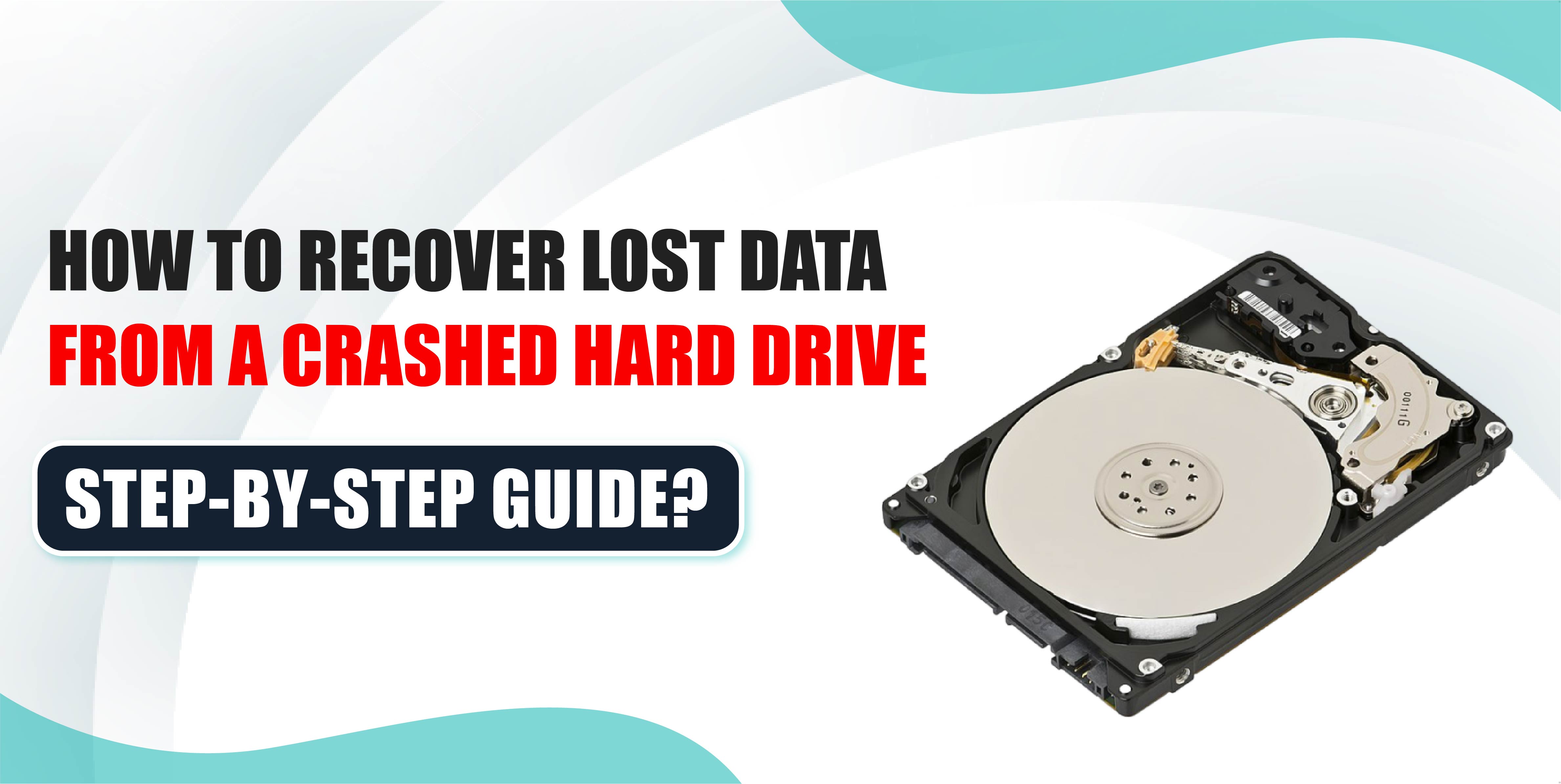
Losing data due to a hard drive crash can be a devastating experience, especially when important files, documents, or cherished memories are at stake. Fortunately, data recovery from a crashed hard drive is often possible.
Whether you're dealing with a hardware failure, corrupted sectors, or accidental formatting, there are steps you can follow to increase the likelihood of recovering your lost data.
In this guide, we’ll walk you through the process of recovering data from a crashed hard drive and when to seek professional help, such as from TechCity, for mobile and laptop data recovery services.
The first and most critical step is to stop using the affected hard drive right away. Continuing to use the drive could cause further damage or overwrite the lost data, making recovery more difficult. Whether your computer shows signs of a hard drive failure or it suddenly stops functioning, power it down immediately to prevent further loss.
Before attempting data recovery, it’s essential to determine whether the failure is caused by a hardware issue or a logical (software-related) problem.
Logical Failure: The hard drive is physically intact, but the data is inaccessible due to software issues, corruption, or accidental deletion.
Mechanical Failure: The hard drive has sustained physical damage, such as faulty components or a broken motor.
For logical failures, data recovery software may be helpful, while mechanical issues require expert intervention. If you hear strange clicking or grinding noises from your hard drive, it’s a sign of a mechanical failure, and using the drive could cause irreversible damage.
If you suspect that your hard drive has suffered from logical failure, try connecting it to another computer to see if it can be accessed as an external drive.
Here’s how:
Remove the crashed hard drive from your computer or laptop.
Use an external hard drive enclosure or a USB-to-SATA adapter to connect the hard drive to a functioning computer.
Check whether the drive is recognized by the other system.
If the drive is accessible, quickly back up the data to a secure location. If it’s still not recognized, move on to the next step.
In cases of software corruption or accidental formatting, data recovery software can often help retrieve lost files. Many free and paid recovery tools are available, such as Recuva, EaseUS Data Recovery, and Disk Drill.
Follow these steps to use recovery software:
Download and install the recovery software on a different, healthy hard drive or USB stick to avoid overwriting the lost data.
Connect the crashed hard drive to the computer.
Run the software and follow its instructions to scan the drive for recoverable files.
Preview the recoverable files, select the ones you need, and save them to a secure storage device.
While data recovery software is effective in many cases, it may not work for severely corrupted or damaged drives.
If your hard drive has suffered from mechanical failure or severe corruption that data recovery software can’t handle, it’s time to seek professional help. Attempting to open a damaged hard drive or repair it without the proper tools and expertise can lead to permanent data loss.
This is where TechCity comes in. They specialize in professional data recovery for both mobile and laptop devices, ensuring that your precious files are recovered with the highest chances of success. Whether you’re dealing with a failed hard drive, corrupted storage, or complex RAID systems, TechCity’s experts can handle the situation. Their technicians use advanced tools in cleanroom environments to carefully extract data from damaged drives.
After you’ve successfully recovered your data, it’s important to take steps to prevent future data loss. Consider the following:
Regular Backups: Set up automatic backups to an external hard drive or cloud storage. This ensures you have a copy of your data in case of another failure.
Replace Aging Drives: Hard drives have a limited lifespan. If your drive is more than five years old, consider replacing it to avoid sudden crashes.
Monitor Drive Health: Use software tools to monitor your hard drive’s health and catch early signs of failure. Tools like CrystalDiskInfo can notify you if your drive is developing bad sectors or experiencing temperature issues.
While there are steps you can take at home to recover data from a crashed hard drive, the complexity of the recovery process depends on the nature of the problem. If you're unsure or dealing with physical damage, don’t take unnecessary risks. Professional services like TechCity provide mobile and laptop data recovery, ensuring your files are handled safely and recovered with precision.
TechCity’s trained specialists have the tools and expertise needed to recover data from even the most damaged hard drives. Whether your hard drive is affected by a logical or mechanical failure, they offer reliable and discreet recovery services.
Conclusion
In conclusion, recovering lost data from a crashed hard drive is possible, but the process requires patience and care. By following these steps and knowing when to seek professional help, you can greatly increase your chances of retrieving your lost data. And for cases where expert intervention is required, TechCity is ready to assist with all your data recovery needs.